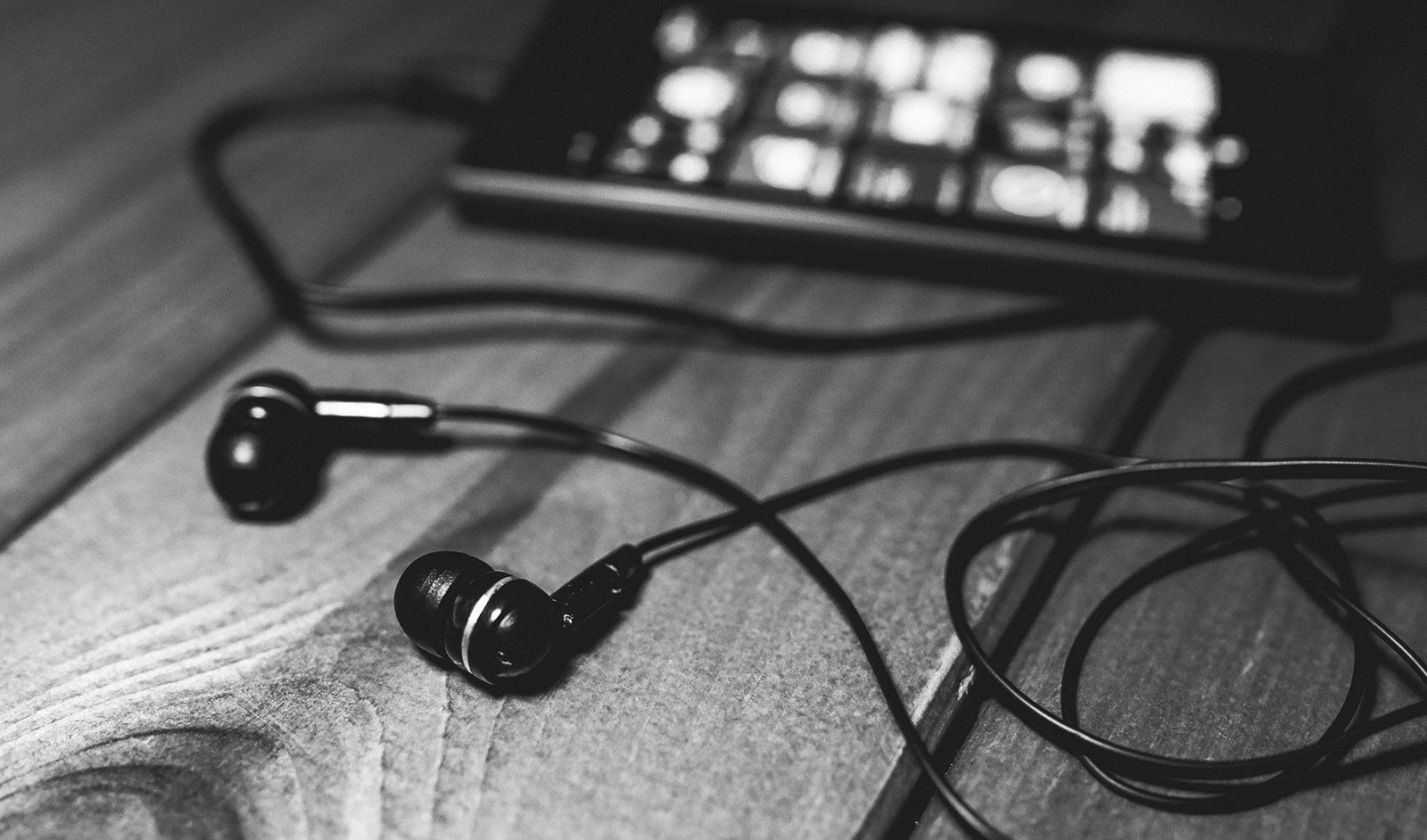Why WiFi at home is on the mend, which app has Adobe made free, how has Apple made the world a little greener, what’s the music service Google is making, how is Lenovo shaking up phones, and what crazy idea has Sony cooked up. All those questions answered on The Wrap.
Transcript
For the week ending May 17, you’re listening to The Wrap, Australia’s fastest technology round-up, and this week’s round-up may sound a little different as this guy has a cold. But don’t let that stop us, because we’re still delivering the week of tech that in five.
And that starts with WiFi at home, which in the next few months could get better. We’ve heard endless complaints because wireless networking at home always feels like it should be better, and yet never is. If you have a single router, it doesn’t spread far enough, and if you have a range extender, it does, but the speed isn’t great.
Mix that with NBN woes and it can be very difficult.
While we can’t fix the NBN, one of the solutions for WiFi at home is called mesh networking, and it aims to fix home networks by blanketing a mesh of wireless around your home, filling in the gaps with little mesh networking access points.
There are quite a few of these out, but they all come with one problem: once you buy into one brand’s, you’re stuck with it.
This week, the people that come up with WiFi standards came up with a compromise: products that support the new WiFi EasyMesh certification will be interchangeable, meaning the next mesh network point you buy should work with the rest, making it easier to blanket your home in reliable WiFi.
That’s not coming for a while, though we are checking with manufacturers to find out whether it will apply to current gear. It’s not a new standard, just a certification program, so that actually could happen.
And we love it when things actually happen.
This week, Adobe released a free version of its Adobe XD program, giving students and hobbyists free access to what is normally a paid design program. That’s something cool that actually happened.
Earlier in the week, Apple managed to change the way aluminium was made, with a smelting process that’s a lot better for the Earth. That happened, too, and is going to help make more metal gadgets without as much damage to the planet.
YouTube will launch a music service next week, with the ability to describe a song and have it find it, complete with new apps for both the mobile and the desktop. That’s something that’s actually happening.
And there’s even a possibility of something unusual coming from Lenovo. It was hinted at a few times this week, but according to one of its senior people, Lenovo — owners of Motorola and makers of the ThinkPad — might just release a phone where the entire front is a screen.
If you look at the Samsung Galaxy S9, the Google Pixel 2 XL, LG’s G6, and pretty much every major Android in the past year, the phone has been mostly a full screen device, but has had slim bezels on the top and bottom.
And of course there’s the iPhone X, which was a mostly full screen phone, but had a little shelf for the camera and speaker, which everyone just calls the notch.
While they’re all technically full screen devices, nothing has really encompassed the screen going properly form edge to edge.
Lenovo might just have something in an upcoming phone called the Z5, and while we don’t have any news about it, the rumours point to it looking very schmick, having a properly full screen, and maybe an expected announcement in September.
One story kind of took us by surprise, and it’s of a new rather unusual pair of earphones from Sony Mobile.
It’s called the Xperia Ear Duo, and it’s a rather unusual take on what people normally use earphones or headphones for. Now if you know our website and podcast, you know we like sound. A lot. Like you, we’re kind of obsessed with good quality audio, and the trend at the moment isn’t just for wireless sound, but for noise cancellation and wireless. That’s seen as the premium end.
This is a little different, because while headphones like the Beats Studio 3 or even Sony’s own WH-1000XM2 are for noise cancellation, Sony’s Xperia Ear Duo are more for noise awareness.
They’re wireless and cordless and each part sits behind the ear, but the idea of these is that you can hear your music and still hear notifications and phone calls as they come in.
We won’t beat around the bush here, they kind of look a little strange, almost like you had attached a piece of the future to each side of your face, but they have sensors in them to recognise time, location, activities, and other things throughout the day.
In way, Sony’s Ear Duo kind of feels like what the Google Assistant does, except in a headset you’re supposed to wear all the time, and it even works with either Google or Siri.
It costs just under $400, and we’ll be trying it out over the next few weeks, so if you see a random geek with this voice talking out in the open, check to see if he’s wearing a pair of these rather unorthodox earphones. And we’ll tell you if they’re good or not.
For now, you’ve been listening to The Wrap, Australia’s fastest technology roundup.
The Wrap is available every Friday on PodcastOne, Apple Podcasts, TuneIn, and more, and we’ll be back next week for more tech in five minutes.
Until then, have a great weekend and a fantastic week,and we’ll see you next time on The Wrap. Take care.





